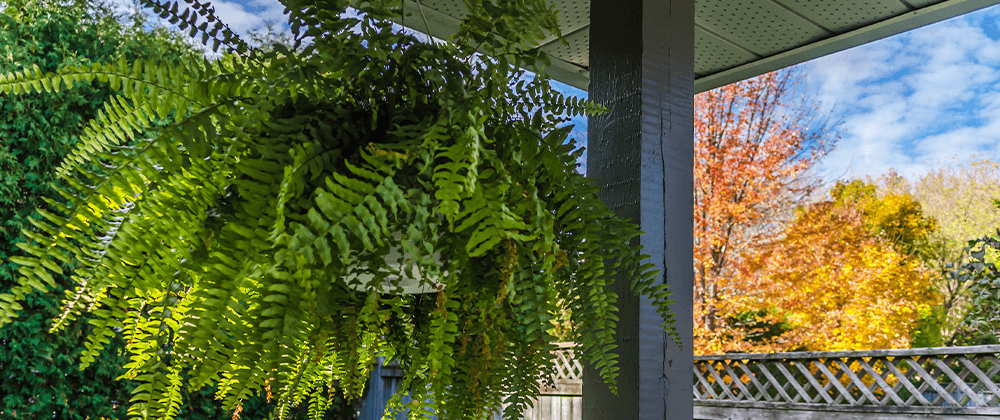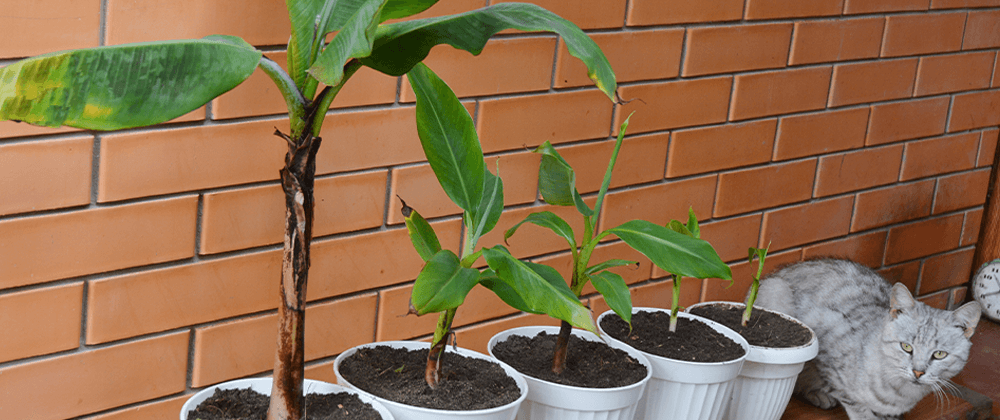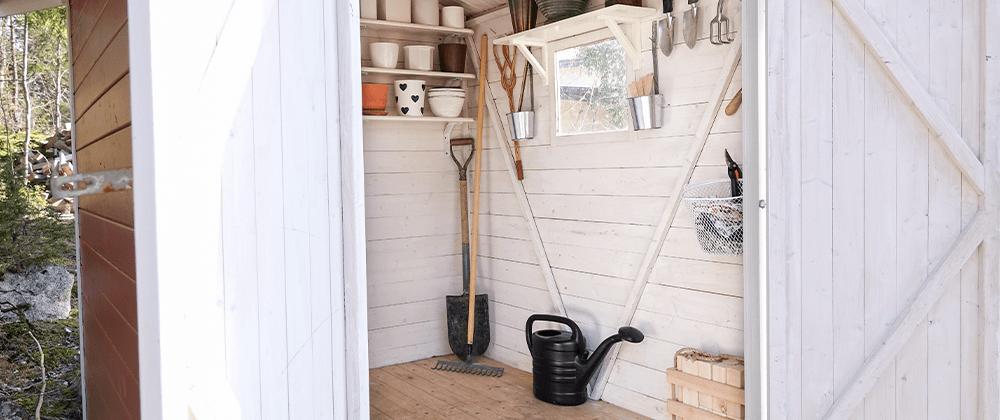Did you know that several of the plants we grow as annuals in North Dakota are actually perennials in warmer climates? In other parts of the country, they’d survive through a milder winter and come up again in the spring, year after year. So what that means is that you can bring many of these plants indoors for the winter, and keep them as houseplants, and then use them outside again next year.
One of the advantages of bringing plants indoors for winter is that they can grow much larger over time, so that small potted plant you have now could develop into a much larger shrub or tree over a few years if you wanted to bring it in every winter. Overwintering tender plants in North Dakota also means you won’t have to buy as many new plants next spring. They’ll also probably start to produce new growth earlier in the spring, so you’ll be starting spring with larger plants than usual.
You are watching: Tender Perennials You Can Keep as Houseplants Over Winter
How To Move Tender Perennials Indoors Safely
Before you haul all your favorite plants into the house, make sure you do it right, so you don’t cause yourself more significant problems, like with a pest infestation. There are many more bugs outside, and sometimes they can get into our outdoor plants without us even noticing.
The outdoor environment is also a lot brighter and generally more humid than indoors, so our plants will experience a bit of stress when adjusting to an indoor environment. Ideally, you should start the transition to indoors a few weeks before the first frost is expected. Here are the steps:
- Move all the plants you want to bring inside to a shady location in the yard for 1-2 days.
- Set up space indoors where you can quarantine the outside plants well away from your houseplants.
- Inspect all your outdoor plants for pests, and start bringing them indoors overnight, taking them back outside for the day.
- Over a week, gradually reduce the amount of time they spend outdoors until they’re fully inside all day.
- Keep them quarantined away from your houseplants for a minimum of 14 days.
- Watch closely for pests and treat as needed.
- Once you’re sure all pest infestations are gone, you can move your plants to somewhere warm and bright, near a south-facing window if possible.
Read more : 15 of the Best Outdoor Party Games for Your Next Summer Celebration
“Next spring, you’ll have large and happy plants to fill your planters and containers!””

What Plants to Overwinter
Before you bring plants inside, it’s important to know if what you have is a tender perennial, or if it’s genuinely an annual. Plants like pansies, petunias, and calibrachoa are true annuals, so there’s no point in bringing them in, as they will never bloom again as brilliantly as they did the first year.
Here are plants that you can overwinter indoors:
- Agapanthus
- Bamboo
- Boston ferns
- Bougainvillea
- Citrus
- Cordyline
- Croton
- Dracaena
- English ivy
- Fiber optic grass
- Geraniums
- Hibiscus
- Impatiens
- Jasmine
- Lady ferns
- Lantana
- New Zealand flax
- Oxalis
- Palms
- Salvia
- Golden trumpet
- Succulents and Cacti
Read more : How to Fix a Patio Umbrella?
Many herbs will overwinter well indoors too, and even give you tasty fresh herb leaves all winter. Consider planting: basil, chives, mint, oregano, rosemary, sage, tarragon, or thyme.
Most of these herbs would overwinter best if they were in a pot all summer. Particularly, don’t attempt to dig up a basil plant and pot it in the fall. You’d be better to take cuttings and propagate or start new plants from seed.
 Give These Plants a Winter Rest Indoors
Give These Plants a Winter Rest Indoors
Some plants require a period of dormancy for the winter. You can either dig up the roots or bulbs of these plants and store them somewhere cool, dry, and dark. Or, you can cut back their foliage and store their pot somewhere cool and dark. If you store the whole pot inside, it is important to keep them slightly moist, so their roots or bulbs don’t shrivel up completely.
Plants that need a winter rest include banana, begonia, caladium, calla, canna, colocasia, dahlia, ginger, gladiolas, and sweet potato vine.
Don’t let a cold North Dakota winter kill your favorite tender perennial plants this year. Bring them inside, quarantine them, and keep them as houseplants for the winter. Next spring, you’ll have large and happy plants to fill your planters and containers with. You’ll be the first one with full blooming planters on your street.
Source: https://gardencourte.com
Categories: Outdoor



